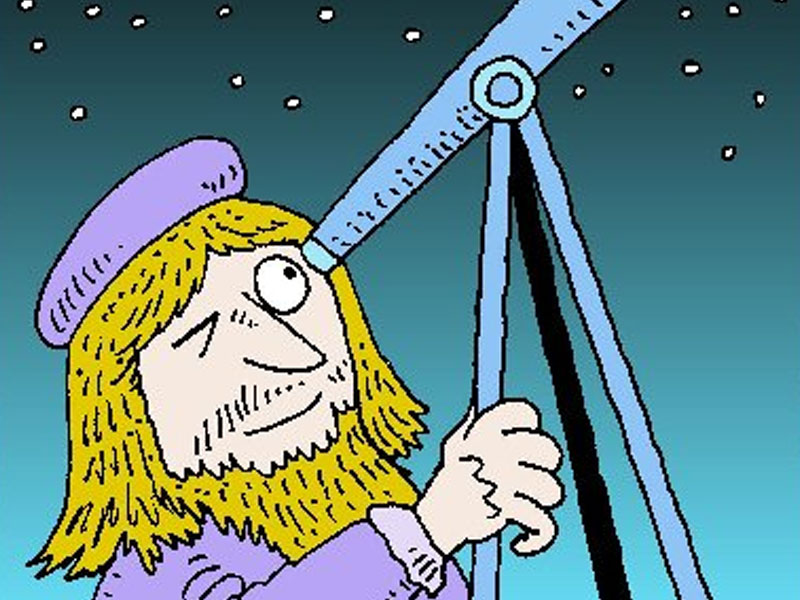
Once upon a time, there were 3 men of vision and curiosity: an astronomer, an explorer and a sailor. Each seeking new horizons and hoping to become famous. Each sought to reach new heights. Each wanted to make contributions that would provide new foundations, new discoveries and new truths that would move civilization forward.
Seeking inspiration and opportunity, each appropriately pursued his own journey based on his own talents and experience.
The astronomer looked up and saw the sun. He was awed by its brightness and brilliance. He was inspired by its distance which represented the challenge of his journey. He was amazed by its warmth and perpetual power. But, after a while, he had watched so hard that he forgot his own quest and simply observed the brightness of what the sun represented.
But he was so fixated on simply watching it that, eventually, it blurred his vision. He had literally become blind to what he could do on his own quest.
The explorer looked into the wilderness. It held the potential for new discoveries – new species of plants, new areas for farms and produce, new resources for factories, new opportunities for communities and service. He had explored such territory before and knew of the dangers. But with his experience came insights. He assembled the basics he would need. These included a compass, a hunting knife, protective clothing, means of communication, backup food incase he could not gather what he needed for the day, a water canteen, a gun and ammunition, binoculars and a map made by these who had gone before. He put them into a small backpack.
But then he thought of potential obstacles – what if he ran into tall rocks? What if he found a special place where he wanted to stay longer? What if he found great game which could provide skin or pelts to sell? What if he just got bored? He went back and assembled additional provisions: heavy rope, saws and axes, a hammer, animal traps, reading material, additional clothing for climbing and swimming, back up camping supplies in case other materials were lost or damaged.
By the time he had assembled all he imagined he might need, he could barely carry his pack. His travel was limited, traveling only a few miles each day. After a month, his body was broken, as was his spirit. He began his long trip back, discarding most of his supplies with his dreams as he returned.
The third visionary was a sailor. He looked at the ocean. He saw its vastness and imagined what lay beyond. He envisioned new lands, new cultures, new fishing areas, new trade routes. But he had tried this journey before and had made many discoveries, but he had not ventured as far as he wanted to. He had always turned back before pushing to new, unknown ventures. He did not know if he could handle the wrath of the seas. He looked at his boat. It was seaworthy, but he did think he had the strength to man it alone for the venture he wanted to pursue. This was his vision, his risk and he did not want to impose the danger on others. So he sat next to his boat on the beach and looked out on the horizon and thought about what “could be” out there.
The Moral? We are often our own biggest obstacle to our dreams. We only need a glimpse of our vision, a passion to pursue what “could be” and confidence in our abilities. If we overestimate the challenge or underestimate our own abilities, we will remain paralyzed by indecision and worry. We should not get mired in our worries of “what if” nor ignore the opportunities to join with others in our journey. Success combines the vision of the destination as well as the joy of the journey. We need to appreciate both to achieve our dreams.